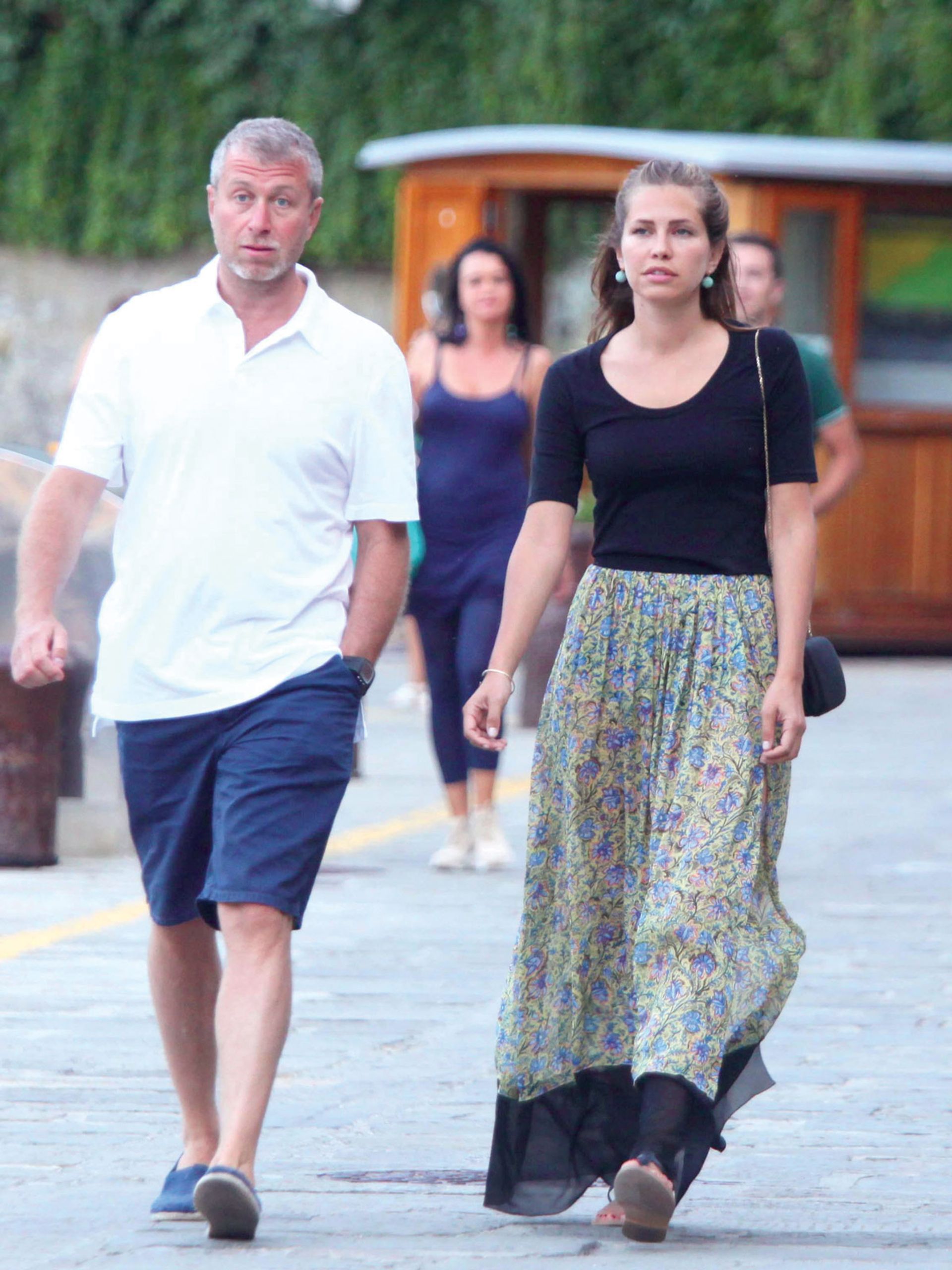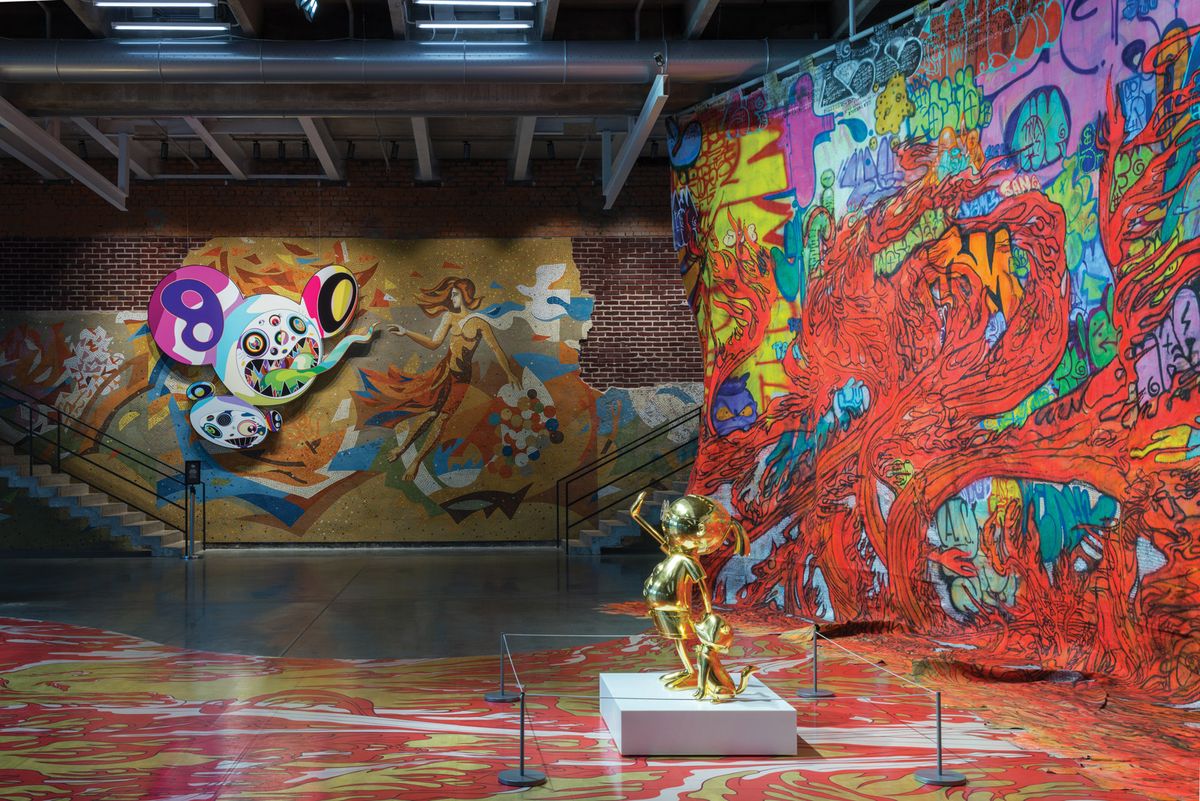Almost a year after announcing their separation, the billionaire Roman Abramovich and his third wife, Dasha Zhukova, surprised and delighted Russia’s gossip columnists by appearing together at the tenth anniversary party of the Garage Museum of Contemporary Art in Moscow last month. The former couple remain deeply committed to the private institution they co-founded, says its director, Anton Belov.
“Globally, nothing has changed,” he says. If anything, there is now “more co-operation with us and between them”, with communications about Garage virtually every day. Abramovich and Zhukova will continue to underwrite around two-thirds of the $13m to $15m annual budget, Belov says, although the museum is seeking to raise more funds from corporate sponsorship, a growing friends programme and its own earnings.
“Our founders are very supportive [of the museum],” he says, but they have “different priorities and goals”. Zhukova is more focused on the architecture, design and exhibition planning; Abramovich is especially interested in the extensive public programme, Garage Live music and theatre performances and investments in future projects. Garage’s archive of contemporary Russian art, for instance, recently expanded to St Petersburg’s New Holland, a former tsarist shipyard that the former couple is developing.
“Now, around the world, Garage is seen as a very serious institution”
Belov describes them as visionary and willing to take risks. Garage itself is now billed as “the first philanthropic institution in Russia to create a comprehensive public mandate for contemporary art”, although it was widely perceived as a vanity project when it opened in 2008 in a 1920s bus depot.
“Garage’s long-term prospects were not seen as very clear,” Belov says of the early days. “Now, around the world it is seen as a very serious institution. Many museums are studying our experience.” Of particular interest, he says, are the museum’s “unique” inclusion initiatives, such as regular tours for the hearing and visually impaired and their integration in artistic projects.

Abramovich and Zhukova Splash News/Alamy
Zhukova’s architectural vision is evident in the transition from the original Konstantin Melnikov-designed garage—now home to the Jewish Museum and Tolerance Center—to the current site in Gorky Park. First housed in a temporary structure commissioned from the Japanese architect Shigeru Ban, the museum moved in 2015 to a Soviet Modernist building, the former Vremena Goda restaurant, redesigned by Rem Koolhaas. It is planning a further expansion to the nearby Hexagon pavilion, which is also being redeveloped by Koolhaas and his firm, OMA.
Meanwhile, Garage is a driving force behind a new “Museum Mile” due to launch in the autumn. The meandering route will link it with the State Tretyakov Gallery’s two sites, the Pushkin State Museum of Fine Arts and, when it opens in 2019, the GES-2 power station turned contemporary art museum, backed by the natural gas magnate Leonid Mikhelson.
Garage will also have a presence from the autumn at VDNH, a former Stalin-era fairground in northern Moscow that is being transformed into a European-style museums complex with a hipster Soviet twist. The museum is converting a building there into studios and other facilities that will host a new residency programme for Russian and international artists.


